Crops
-
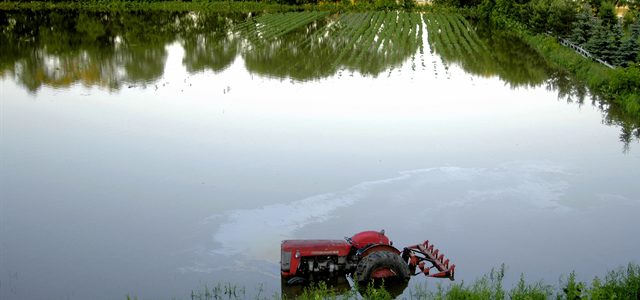
With all of the rain we have been having across the Southeast, ponding in some fields has been a big issue. This video from the Farm Bureau on what things you need to consider after ponding occurs may be useful to you. You can view it at https://www.agweb.com/article/fjctv-managing-environmental-challenges-post-ponding/.
-

Here’s the most interesting story I’ve seen this week. BBC News reported that due to the pervasive drought they have been experiencing, fields are yielding up secret outlines of former fortresses and castles. The fortifications are marked by deeper soils than average, resulting in more moisture and better crops. Green lines and circles in the…
-
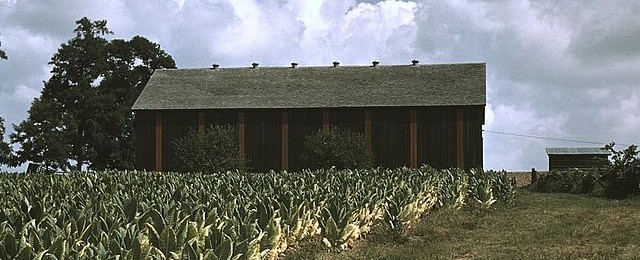
The latest UGA IPM bulletin for July 2018 pointed out an interesting story by Clint Thompson about the impacts of the wet May on tobacco production. Estimated losses from the excessive rain are up to 15% of the expected yield by leaching nitrogen out of the soil and drowning the roots. You can read more…
-
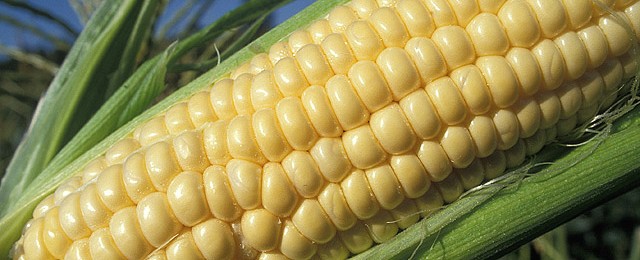
Growing Georgia published a timely look at the crop conditions for Georgia corn and peanuts this week. In spite of the rainy conditions, southern rust this year is quite low. This may be due to changes this year in the wind patterns which bring the spores up from the tropics. Some of the earliest planted corn…
-
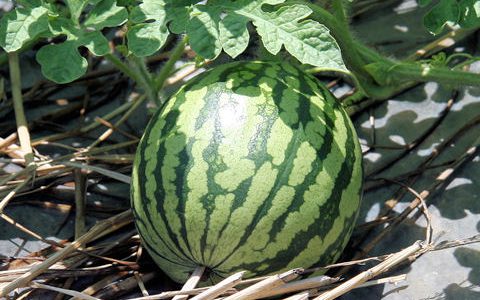
The Packer posted a story this week about problems that watermelon producers are having with production this year due to the heavy rains they have experienced. Wet fields have hampered planting of seedlings and rains every 2-3 days have prevented application of needed chemicals to the young plants. You can read more here.
-
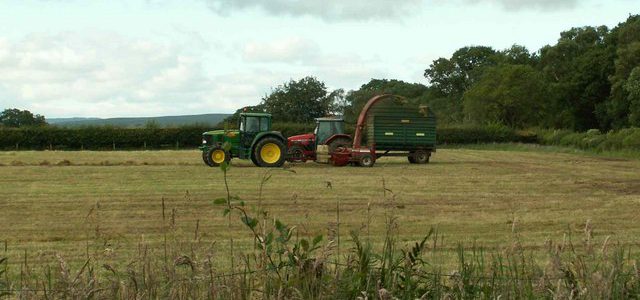
The National Farmers Union posted an interesting story last week about a new set of tools that can help farmers plan for changes in climate. The set of tools developed by Oregon State University include “AgBiz Logic, a tool to help farmers anticipate environmental impacts in the business decision making processes, down to the farm level.…
-

The Southeast is not the only agricultural region that has been hit by the impacts of heavy rains. Delaware, Maryland and Virginia are also experiencing delays in field work and crop growth due to the rains that have been occurring in that area. The Packer noted that spring rains caused flooded fields in vegetable crops…